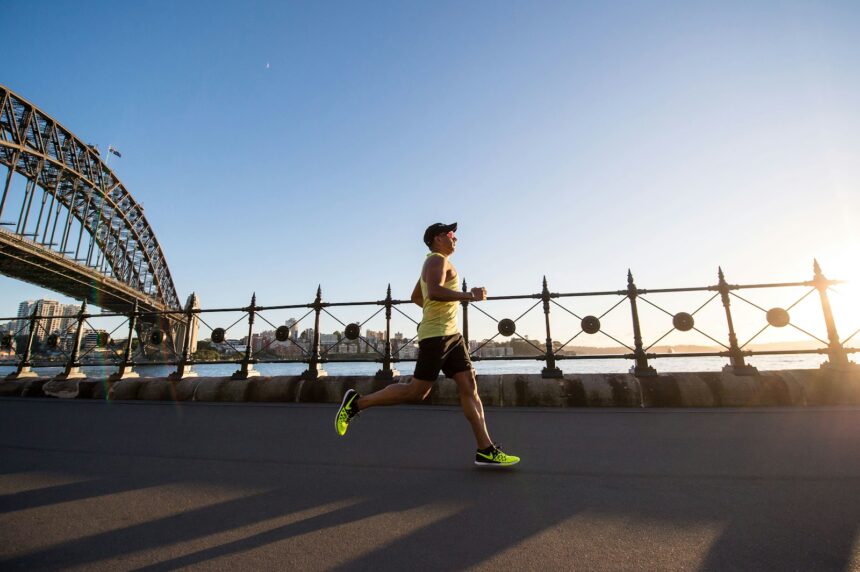Mastering your half-marathon pace is crucial if you aim to cross the finish line with a new personal best. A consistent and strategic pace not only ensures you maintain energy throughout the race but also allows you to maximize performance without hitting the proverbial wall. Here, we break down five essential steps to fine-tune your half-marathon pace, incorporating elements of endurance, strength, strategy, and recovery for a holistic approach to race preparation. Let’s dive into optimizing your training and race strategy to nail that dream pace.
Step 1: Establish Your Goal Pace
Before you take on the miles, it’s imperative to set a specific target. Begin by reviewing past race results or conducting time trials. Use online pace calculators to convert these performances into an achievable half-marathon goal pace. This foundational step frames all subsequent training efforts.
- Analyze Past Performances: Reflect on previous race times or conduct a fresh 5K or 10K to gauge current form.
- Utilize a Pace Calculator: Input your data to receive a tailored half-marathon pace goal.
Step 2: Incorporate Pace-Specific Workouts
Training specificity is key. Integrate intervals, tempo runs, and long runs at your goal pace into your weekly routine. Each serves a unique purpose in conditioning your body and mind to sustain your target pace over the distance.
- Intervals: Enhance speed and endurance with short, intense efforts followed by rest.
- Tempo Runs: Build sustained speed by running at a controlled, hard effort – right around your goal pace.
- Long Runs: Increase endurance with monthly runs exceeding race distance, focusing on pace consistency.
Step 3: Strengthen Your Body
A durable body is more capable of maintaining pace with reduced risk of injury. Supplement running with strength training and flexibility exercises to build a resilient musculoskeletal system.
| Exercise | Benefit |
|---|---|
| Planks | Core stability |
| Squats | Leg strength |
| Hamstring Curls | Reduce injury risk |
Step 4: Master Race Day Fueling
Nutrition and hydration play pivotal roles in sustaining your goal pace. Practice your fueling strategy during longer training runs to discover what works best for you, ensuring to replicate this on race day.
- Hydration: Stick to a hydration plan that prevents dehydration without causing discomfort.
- Energy Gels/Bars: Test different brands during training to find what sits well with your stomach.
Step 5: Conduct a Dress Rehearsal
In the weeks leading up to the race, simulate race day conditions. This includes everything from the pre-race meal, clothing, and warming up to running at your goal pace. This rehearsal enhances confidence and reduces race-day stress.
- Pre-Race Meal: Finalize your last meal timings and composition to avoid any digestive issues.
- Race Kit: Ensure your chosen outfit and shoes are comfortable and tried in long runs.
- Pacing Strategy: Simulate race conditions, including pacing, terrain, and hydration stops if possible.
By following these five comprehensive steps, from establishing a goal pace to mastering race day logistics, you’ll enhance your ability to run your best half-marathon. Remember, consistency in training, smart nutrition, and recovery strategies are key components of long-term improvement and race-day success. Now, lace up your shoes, and let’s get after that personal record!






